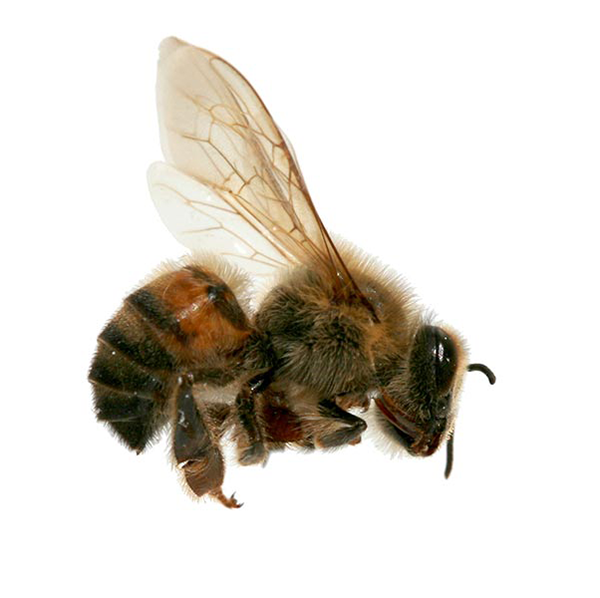Africanized Honey Bees in San Angelo
The Africanized honey bee gained notoriety through media coverage, being referred to as the “killer bee.” It originated from the crossbreeding of African bee subspecies with European honey bees. These bees closely resemble domestic honey bees and have expanded their presence across the southern United States. They can be found in regions like Southern California, southern Nevada, Arizona, Texas, New Mexico, Louisiana, and central and southern San Angelo.
Africanized Honey Bee Habitat
A key distinction between Africanized and European honey bees lies in their nesting preferences. Africanized honey bees are less picky when it comes to selecting a nesting site. They form smaller colonies and can be found in various locations, such as water meter boxes, cement blocks, barbecue grills, cavities in the ground, and even hanging exposed from tree limbs. On the other hand, European honey bees typically prefer larger nesting sites like chimneys and tree hollows, and they are rarely found in the locations favored by Africanized honey bees. The inadvertent provision of multiple nesting sites by humans is the primary reason why Africanized honey bees are frequently encountered by people.
Africanized Honey Bee Behavior, Threats, or Dangers
Africanized honey bees can pose a public health concern because they are more prone to stinging compared to “typical” honey bees. While they are generally more unpredictable and defensive than domestic honey bees, they usually only react aggressively when they perceive a threat to their nests. These bees are particularly provoked by loud noises, vibrations, and the presence of large, dark-colored moving objects within a range of 50 to 150 feet from their colony. In some instances, Africanized honey bees have been known to chase their targets for distances exceeding 500 feet. Among the most vulnerable to their attacks are children, the elderly, and handicapped individuals, who may have difficulty escaping or evading an attack.
Africanized honey bee venom itself is not more dangerous than that of domestic honey bees. The real concern with Africanized honey bees lies in their aggressive behavior and tendency to attack in larger numbers, which can pose a greater danger to humans. If you notice these pests, don’t hesitate to call a professional bee removal company.




